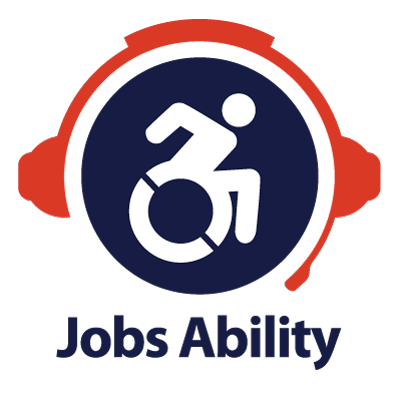Job Opportunity: The New York Association on Independent Living (NYAIL) | Account Clerk
August 6, 2019Job Opportunity: Perrigo Company | Dryer Assistant Operator
August 29, 2019Title: Customer Service Associate
Supervisor: Customer Relations Manager
Department: Customer Service
FLSA Status: Non–Exempt
Travel Requirements: Less than 10%
Position Description:
The Customer Service Associate position is responsible for overall front office activities, including the reception area, mail, and facilities. This position is responsible for being the front line for customers coming into office, managing the office retail space, including inventory, and being the gatekeeper for all visitors to the office.
Position Responsibilities:
Reasonable accommodations may be made to enable individuals with disabilities to perform the essential functions.
- Manages the reception area to ensure effective customers see a professional image. Manages the in-house retail space, including POS system management.
- Manage the inventory of product being sold in office, including organizing and keeping tidy products in the back room.
- Supervises the maintenance of office equipment, including copier, fax machine, etc.
- Responsible for the facilities day-to-day operations (such as ensuring janitorial staff is maintaining cleanliness of the office space, picking up the mail from the warehouse, running errands as needed, etc.)
- Responsible for cleaning the kitchen, including the coffee machines, dishes, refrigerator and microwave.
- First back up to the Customer Service Representatives on the phones, customer chat, and email.
- Provide general administrative/clerical support to HR Manager, Controller, CFO and CEO, as directed.
- Participates as needed in special department projects.
- Performs other duties as assigned.
Supervisory Responsibility:
This position has no supervisory responsibility.
Work Environment:
This job operates in a clerical office setting. This role routinely uses standard office equipment such as computers, phones, photocopiers, filing cabinets and fax machines.
Physical Demands
The physical demands described here are representative of those that must be met by an employee to successfully perform the essential functions of this job.
While performing the duties of this job, the employee is regularly required to talk or hear. The employee is frequently required to sit, stand; walk; use hands to finger, handle or feel; and reach with hands and arms.
This position requires the ability to occasionally lift office products and supplies, up to 50 pounds.
Position Type/Expected Hours of Work
This is a full-time position, and hours of work and days are Monday through Friday, 8:00 a.m. to 5 p.m. however depending on emergencies or other events staff may be asked to arrive early or stay later.
Competencies:
- Customer/Client Focus.
- Emotional Intelligence.
- Problem Solving/Analysis.
- Time Management.
- Communication Proficiency.
- Teamwork Orientation.
- Technical Capacity.
Required Education and Experience:
- Customer service and/or retail experience.
- POS experience, especially Square.
- Proficient in Microsoft Office: Excel, Word, Power point
- Web ecommerce experience, preferred.
- Ability to get up to 65-70 WPM with 94% accuracy
Other Duties
Please note this job description is not designed to cover or contain a comprehensive listing of activities, duties or responsibilities that are required of the employee for this job. Duties, responsibilities and activities may change at any time with or without notice.
